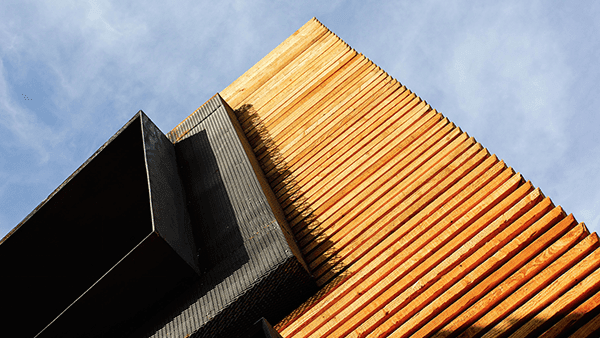
In the year 2030, almost 30% of the total population of Germany will be 65 years or older and shape demand on the housing market by more than a quarter with their specific requirements. But age-sensitive living environs shouldn’t be confused with assisted-living arrangements. The significantly growing group of active, older people will demand other, more diverse forms of housing and employment in the future. It is therefore time to have a serious discussion about the complex needs of an aging society and to see possible solutions as part of an overall concept that also takes into account the needs of the young and middle-aged.
At present, the majority of apartments are neither age-appropriate nor set up for an age-appropriate remodel. The reduced social interaction of older people leads to loneliness and reduced cognitive abilities and thus to a substantial impairment of objective and subjective health. For the vision of a long self-determined and mature, healthy and active lifestyle in generation-sensitive contexts, several scales are important: neighborhood or living environment; (residential) building; dwelling; components and product dimension including technical environments and systems.
The research focus “Conception and realization of an architectural and technical solution for age-appropriate living” will develop conceptual solutions and realize them in the architectural dimension.